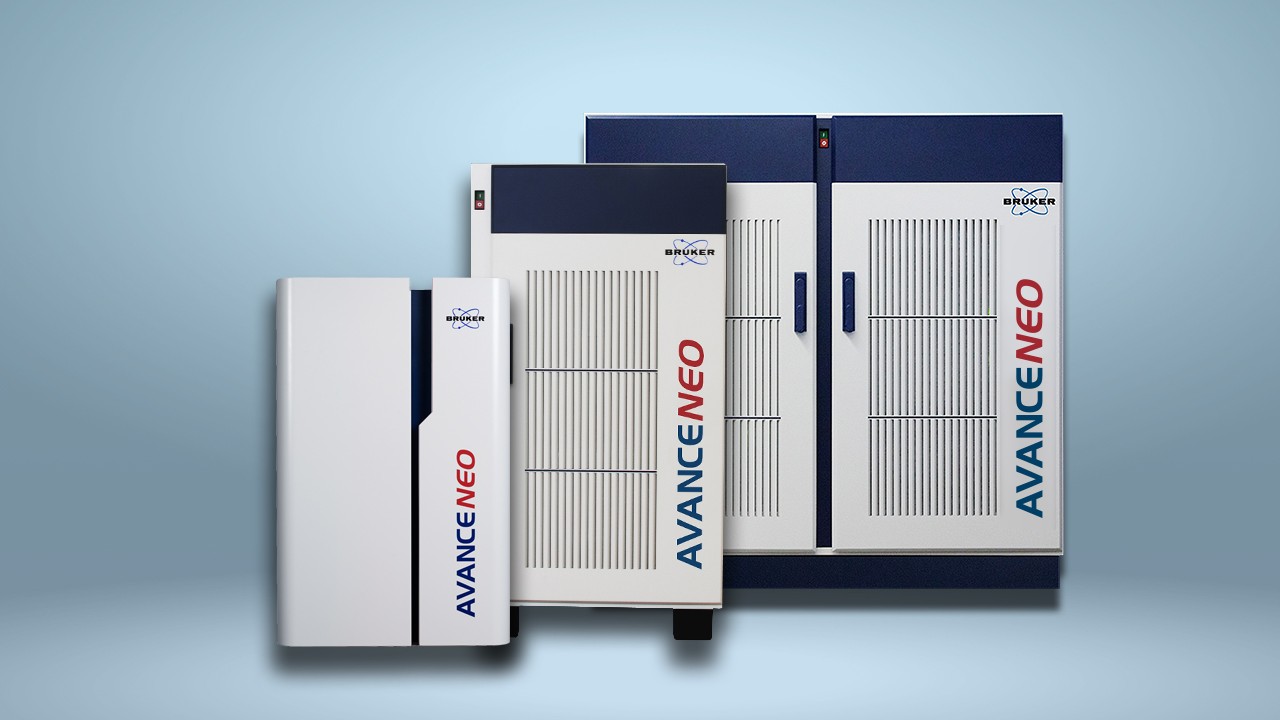

Integrating SAXS/NMR Data for Structure Determination
Protein structure determination is crucial for a broad range of applications from fundamental biological research to next-generation drug development. Thanks to its unique capabilities, high magnetic field NMR is ideal for studying the detailed structure and dynamics of proteins in solution, the native environment of many proteins. NMR’s structure elucidation of proteins with flexible domains or multiple configurations is often not directly accessible with static techniques such as crystallography or electron microscopy.
NMR has significant advantages in that it can study proteins in solution near native physiological conditions, can obtain dynamic information for different regions and domains of a protein, and allow access to functionally very important information on protein flexibility, intrinsically unstructured regions, partial protein folding, and in some cases multiple accessible protein conformations.
However, typical NMR structures are not as accurate as the best protein structures from X-ray crystallography, and currently the use of NMR for protein structure determination in solution has its upper size limits typically near 50–70 kDa proteins. Approaching this limit already requires the use of all modern NMR techniques, such as ultra-high field 800-1000 MHz magnets, isotopic labeling schemes, advanced pulse sequences and NMR electronics, and highest sensitivity CryoProbes™. Even with all these capabilities, solution NMR often lacks the ability to determine the exact global structure of larger molecular assemblies or multi-domain proteins.
Solution-structure determination by NMR uses interatomic distances determined from the Nuclear Overhauser Effect (NOE) and torsion angles determined from Residual Dipolar Coupling (RDC). In theory, a complete set of NMR measurements can be used to uniquely determine the structures of labeled proteins. However, in practice many NMR measurements provide sparse RDC datasets that cannot be used to uniquely determine a structure, especially for larger proteins.
SAXS is an ideal complementary technique that can efficiently and effectively compensate incomplete NMR datasets of biological macromolecules. It has been shown by a number of researchers that SAXS data can improve the quality and accuracy of NMR structures and also potentially extends the capability of NMR to larger macromolecules (e.g., J. Wang et al., “Determination of multi-component protein structures in solution using global orientation and shape restraints*”).
Now, a new collaboration will seek to develop and distribute new structural biology methods and tools that integrate Small-Angle X-ray Scattering (SAXS) with Nuclear Magnetic Resonance (NMR). Multi-modality approaches based on complementary analytical technologies increasingly play a key role in helping researchers answer increasingly complex questions in structural biology and drug development, holding the potential for advancements in clinical research applications. This new collaboration between Lawrence Berkeley National Laboratory and Bruker aims to develop integrated SAXS and NMR data analysis algorithms that will determine the structures of larger multi-domain proteins and protein complexes with DNA, RNA or other proteins.
“Hybrid methods are going to be essential for solving structures of larger biomolecules and biomolecular complexes,” stated Dr. John Markley, Steenbock Professor of Biomolecular Structure, and Head of the National Magnetic Resonance Facility at Madison (NMRFAM) at the University of Wisconsin-Madison.
Traditional NMR three-dimensional (3D) atomic structure determination of the individual protein domains will be combined and integrated with the determination of overall size, shape and envelope constraints provided by SAXS. This approach will yield more accurate structures of larger multi-domain proteins and complexes under near-native solution conditions than what can be solved currently by NMR alone. Importantly, the integrated NMR and SAXS approach has been shown to help in the elucidation of important functional information about intrinsically flexible, unstructured, or partially unfolded domains.
“NMR and SAXS provide truly complementary data: detailed local conformations are derived from NMR and global shape from SAXS. Thus, they naturally go together,” said Dr. Angela Gronenborn, Head of the Department of Structural Biology at the University of Pittsburgh School of Medicine and holder of the UPMC Rosalind Franklin Chair.
An experimental SAXS data set consists of intensities measured at varying scattering angles. Each measured SAXS intensity represents the mathematical transform of the protein’s pair-distance distribution function, i.e. a set of all distances internal to the protein. SAXS can therefore provide a complete global snapshot of the protein in solution that can be used as a constraint to resolve ambiguities during the determination of a protein structure by NMR, or SAXS data can help discriminate between similar structural conformations.
SAXS is an attractive adjunct to NMR because the experiment is relatively fast, economical and straightforward: it requires no sophisticated sample preparation, data can be acquired fully automatically with only a few micrograms of unlabeled, native protein in a monodisperse solution, and Bruker offers powerful and highly automated SAXS laboratory systems for structural biologists who do not have access to a dedicated synchrotron beamline. A complete SAXS dataset can typically be acquired in hours in the homelab, or in minutes at a beamline, without any significant difference in ultimate data quality or information content, and there is a growing set of powerful tools for SAXS data interpretation, for example the ATSAS suite from the EMBL.
Leading the Bruker-Berkeley Lab structural biology collaboration project will be Professor John Tainer from the Scripps Research Institute and Dr. Robert Rambo of Berkeley Lab, both internationally recognized for their development of advanced techniques for SAXS analysis of macromolecules at the SIBYLS beamline at the Advanced Light Source of Berkeley Laboratory.
Professor Tainer commented: “We are excited to work with Bruker to develop powerful new tools for the structural analysis of biological macromolecules. The unique combination of NMR and SAXS expertise at Bruker and LBNL will provide an ideal environment for the development of enhanced capabilities for integrated NMR and SAXS structural analyses.”
References
www.lbl.gov
*J. Wang, X. Zuo, P. Yu, I-J, Byeon, J. Jung, X. Wang, M. Dyba, S. Seifert, C.D. Schwieters, J. Qin, A. Gronenborn and Y-X Wang, J. A. Chem. Soc., 2009, 131(30), 10507-10515.


